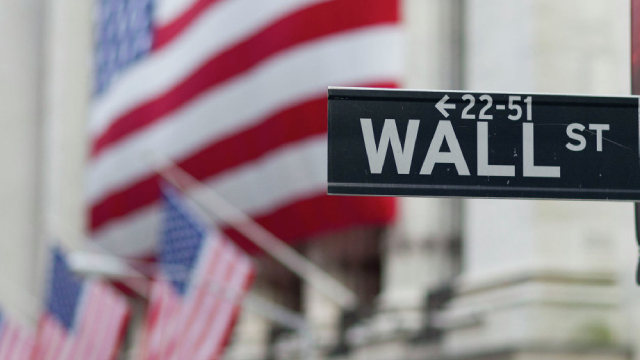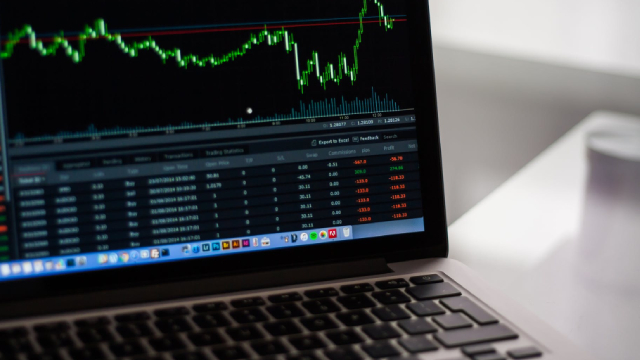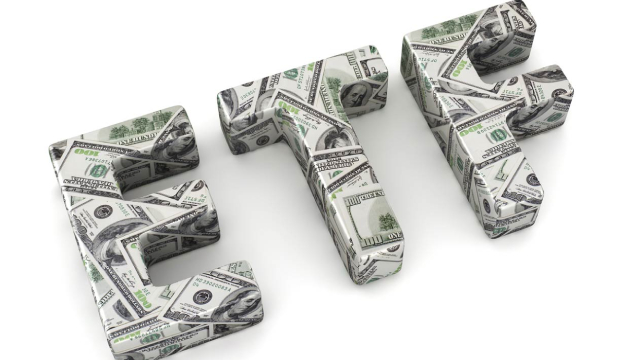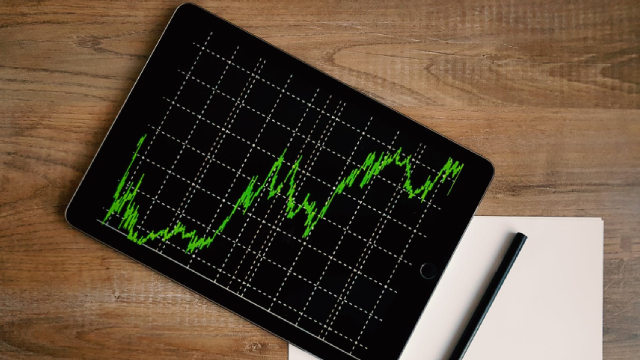
iShares 1-3 Year Treasury Bond ETF (SHY)

SHY: Major Macro Week Will Dictate The Path Of Interest Rates
I reiterate my Hold rating on iShares 1-3 Year Treasury Bond ETF, as short-term rates are likely to remain steady amid moderate U.S. economic growth. The Fed is expected to keep rates unchanged this week, with market focus on statement language and potential dissents among FOMC members. Inflation appears contained, but long-term inflation expectations have ticked higher, impacting SHY's real yield outlook.

Caution Ahead: The Top Long Trade For 2025 - Cash!
2025 is likely to be a difficult year for the markets due to a possible recession, and geopolitical escalation. Thus, short-term cash investments, such as SHY, are expected to outperform the stock market indices across all factors. 12-month T-Bill yields 4.25%, SHY yield is 3.85%.

SHY: Short Duration Is In Again
Shorter duration ETFs are sensible right now due to potential inflationary effects from Trump's policies and rhetoric, which could lead to the need to keep rates higher than markets hope. SHY's moderate duration and expense ratio may not be optimal; as there are lower expense ratio, but similar duration ETFs like ISTB or even shorter duration ETFs like FLOT. Nonetheless, SHY at least somewhat addresses the thesis that higher for longer is more likely already, with Trump prepping America for what's to come under his administration.

2 ETFs to Protect You From a Market Meltdown
The broader stock markets are really starting to heat up heading into the election.

Short-Term Treasury ETF (SHY) Hits New 52-Week High
For investors seeking momentum, iShares 1-3 Year Treasury Bond ETF SHY is probably on the radar. The fund just hit a 52-week high and is up 3% from its 52-week low price of $80.62/share.

SHY: Energy Should Bring Some Cooling
The iShares 1-3 Year Treasury Bond ETF is a low-duration, zero-credit-risk fixed-income ETF, but other ETFs offer lower expense ratios. Falling oil prices since August may significantly impact CPI figures and consumer inflation expectations, potentially leading to Fed rate cuts. The decline in oil prices, driven by supply factors and slowing industrial demand, could help tame inflation and influence Fed policy.

SHY: Inflation Still Rides High
The iShares 1-3 Year Treasury Bond ETF is a low duration Treasury ETF that is mostly sensitive to short-term rate expectations. Inflation remains high, with PPI indicating that there is still more inflation to come on the back of labour cost increases. The yield curve expects rate cuts in the next year, but there's no guarantee of that which opens up the possibility of underperformance in SHY.







